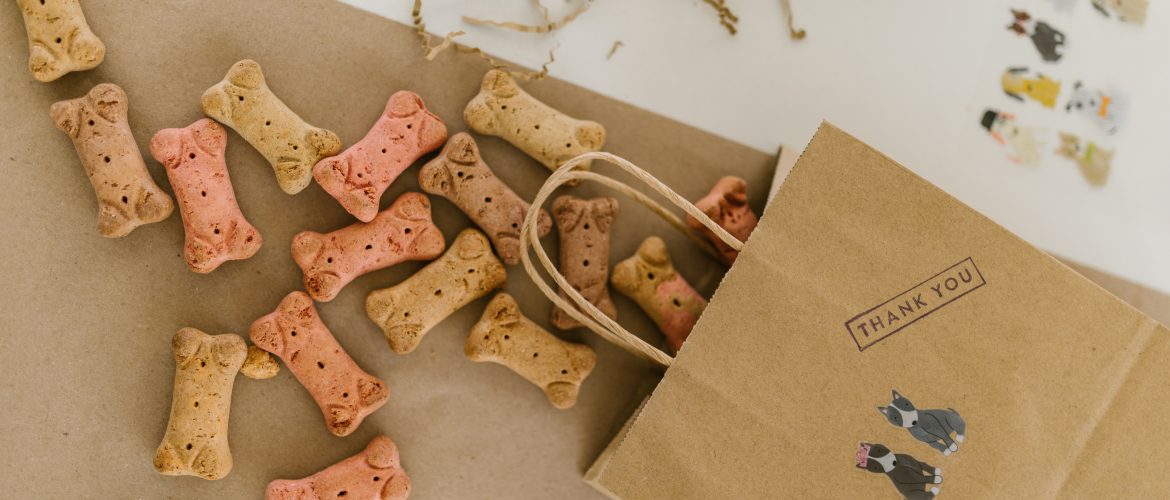Whether your purpose is for organizing or aesthetics, there’s a container for everything. Lost are the days where our cereal risked getting stale in its original box or we found dreaded ants in our unsealed bag of sugar. There’s even a store whose primary focus is containers! With so many options at our disposal, it’s no surprise that you might seek out a “better” option for storing your pets’ food.
We’re all familiar with the pitter-patter of paws on the floor when they hear that kibble shake. But is your pet food coming from the best container? A common mistake made by pet owners is transferring their pet’s food directly into storage containers. Although it may seem as though it would keep the food fresher than in the source, transferring it exposes it to light, air, moisture, and heat. These elements can cause the nutrients to break down, or the food to go stale.
Pet food bags are made with the express purpose of maintaining freshness. You don’t have to forego the plastic container. After all, you might have a clever lil’ guy that knows where his treats are kept, and how to get a snack. Store the bag directly inside your container, ensure the lid fits snuggly, and keep it in a cool (less than 80 F), dry space. Excessive moisture or heat can also break down those nutrients we talked about.
Keeping the original pet food bag is also helpful in the event of a recall. They list the UPC code, lot number, brand, manufacturer, and “best by” date; all important information to have on hand if there’s an announcement of a defect.
Wash and dry the storage container between bags of kibble to get residual fat and crumbs off the surfaces, and do the same for food bowls and scooping utensils. You wouldn’t want to eat off a plate with stale food remnants on it, would you? Yuck!
Although containers do help with longevity, try to use up the bag within two months of opening. Keep an eye on that “best by” date, and if you’re not finishing a bag in that amount of time, consider a smaller one during your next shopping trip. A larger bag may seem like a bargain at the time, but if it’s gone stale before you use it all, you lose money anyway.
By using an airtight container you can make opened freezer foods last longer, but be sure to check food safety and/or FDA sites for information regarding their shelf life. Freezing does not mean imperishability. Keeping raw food frozen per its usage guidelines will prevent bacteria from growing, ensuring your pet’s food remains safe to thaw, portion, and serve.
It’s tempting to stock up during sales, but we recommend erring on the side of freshness and buying only the amount of food you know your fur kids will be able to consume before the expiration date. Happy containing!



